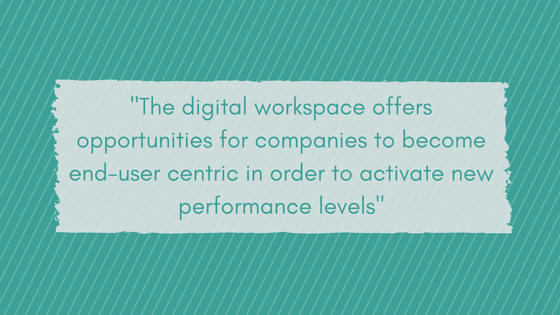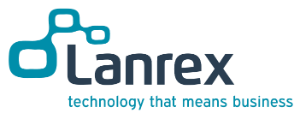Drawing a connection between the sharing economy and the need for a digital workspace may seem to be stretching it a bit, but that’s exactly what consultancy ClearPeople does in its white paper Introducing the Digital Workspace. It argues that the internet has shifted our collective psychology away from attaching prestige and emotional value to ‘ownership’ to “the simplicity and freedom of borrowing and sharing.”
So how does that translate into the digital workspace?
“Individuals are feeling less attached to their desks, their tools, their intellectual property and their business functions,”
In a work context this could mean that the senior executive with his own office will be seen by his digital native subordinates as more of a digital dinosaur than a digital strategy leader.
ClearPeople defines the digital workspace as “a collection of evolving technologies that optimise employee experience and engagement with the tools and resources they require, anywhere and on any device, allowing them to be more effective.”
There is nothing in that definition that is technology-specific, which means two things: that the definition will stand the test of time; that creating the digital workspace is not a one-off project but a continuous process.
As the white paper says: “The businesses that succeed in the long term will be those that focus on the journey rather than the destination. There will never be a ‘right’ or ‘wrong’ time to invest in the digital workspace; it’s a continuous improvement on both technical and cultural levels: its implementation and evolution spans every aspect of a business.”
As Capgemini Consulting observes in its report The New Digital Workplace Employee Productivity, Brand Image, Business Value: “Transforming the traditional workplace into a digital workplace involves reinventing the working environment, taking control of the disruptive digital technologies, optimising capital costs, while providing a new end-user experience.”

It argues that the digital workplace is not just a pure IT topic. Rather “It’s an opportunity for companies to become end-user centric in order to activate new performance levels. By doing so, the digital workplace will be considered as an overall company asset, which is critical for the business just as any other core services.”
Because the implementation of a digital workspace has impacts across an organisation it’s likely to have many champions (and a few detractors) and different C level executives vying for ownership. Capgemini argues that the CIO is best placed to take this role.
Take Ownership of the Digital Workforce
“By taking ownership of the digital workplace, CIOs become enablers of the digital transformation, fostering behavioural changes of stakeholders and end users… The workplace is one of the few topics that impacts the vast majority of users in a company: it is now time to address it globally. Furthermore, without clear ownership of the digital workplace in the organisation, the CIO can leverage this opportunity to extend his/her footprint and move beyond simply implementing new IT services.”
It continues: “By embracing these new digital technologies and digital strategiesthe CIO will strengthen and develop his/her strategic position within the digital ecosystem, improving employee experience, regulating innovation intensity and optimising costs.”
Capgemini, too, makes the point that the digital workspace is a journey not a destination, and a journey that is being taken at an ever-increasing pace in line with accelerating technological evolution.
It urges every CIO to launch a technology watch program “to identify the potential value that the emerging technology such as cloud computing brings to the business and the share of users who are likely to be impacted due to the arrival of an emerging technology in their workplace.”
Use IT Managed Services
Having IT problems? Finding the best IT support and services can be hard. That is why at Lanrex we have created a range of useful online tools to help you and your business in finding the best IT Support.
Don't waste your budget spend on soon-to-be-obsolete technology that can't evolve with your business. Find out now if your business is cloud ready? In only a few moments find out with our Cloud Ready self-assessment tool
You mightt also like, Does your business actually need an IT Strategy?

We’re creating a business that provides unlimited potential for our team. We believe that each and every team member has an equal opportunity to play a strategic and impactful role.
GET IN TOUCH
